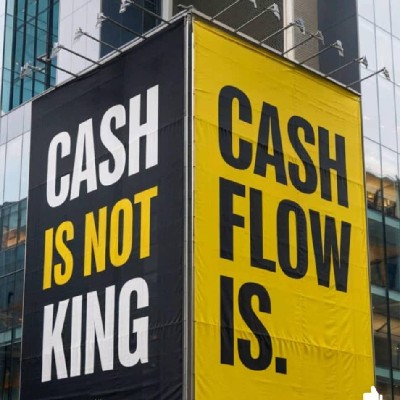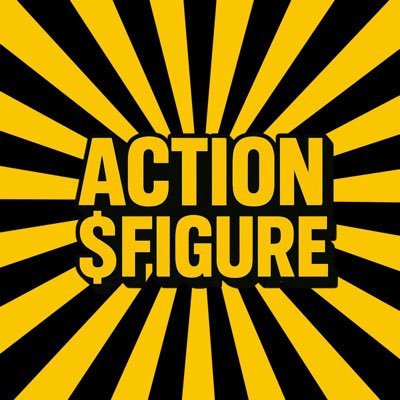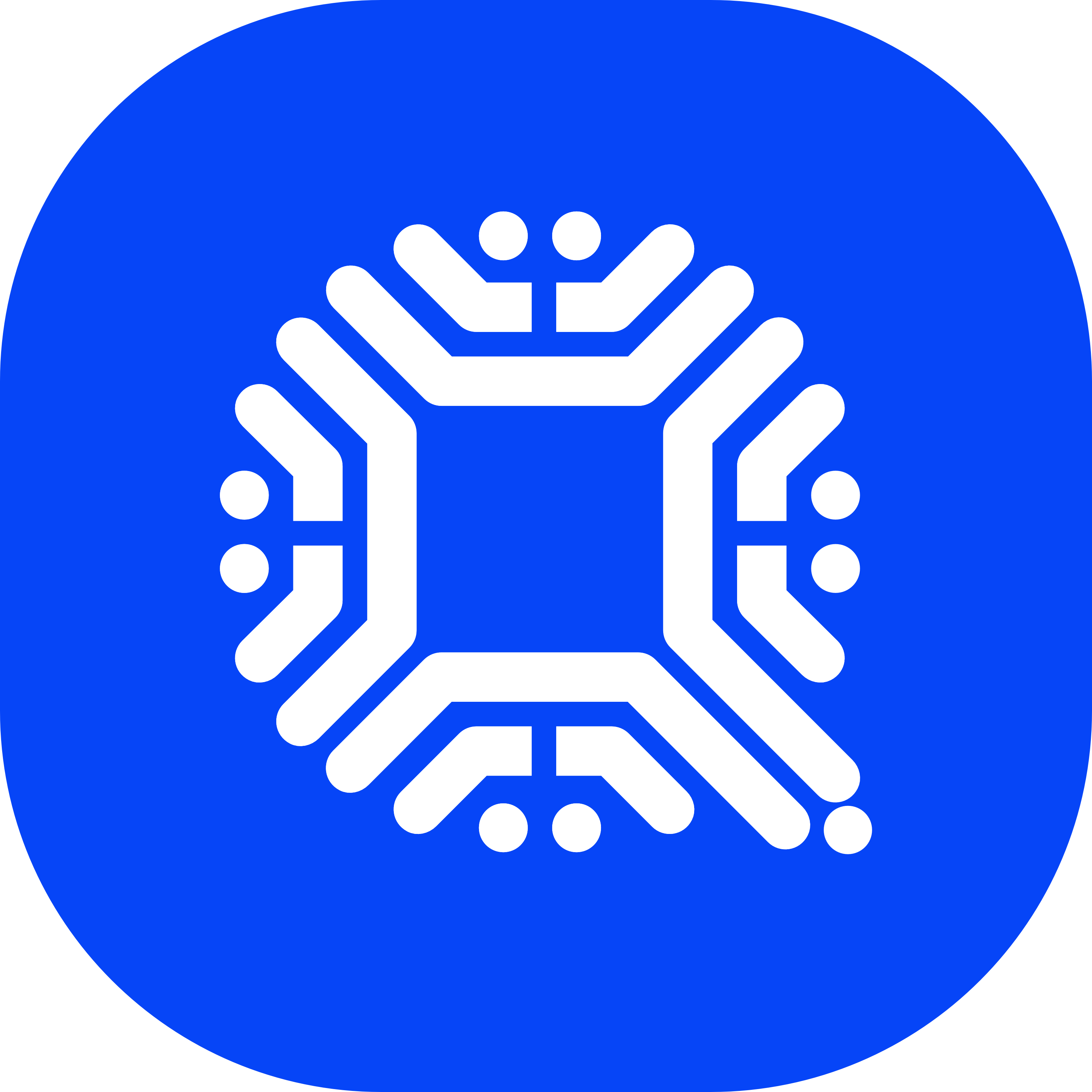


Preço de GasGAS
Conversão de GAS para EUR
Como é a sua opinião sobre Gas hoje?
Sobre Gas (GAS)
A gas cryptocurrency, ou moeda de gás, é uma das criptomoedas mais importantes e essenciais no ecossistema blockchain. Conhecida como "ETH gas", ela desempenha um papel fundamental na rede Ethereum, permitindo a execução de transações e contratos inteligentes. O gás é o combustível que alimenta a rede Ethereum, fornecendo a capacidade computacional necessária para validar e executar operações na plataforma. Em outras palavras, o gás é uma representação da taxa de processamento necessário para realizar transações na rede Ethereum. Uma das principais características do gás é a sua utilidade para determinar o custo das transações na rede Ethereum. Cada ação realizada na plataforma, como a transferência de tokens ou a execução de contratos inteligentes, exige uma certa quantidade de gás. Quanto mais complexa for a operação, maior será a quantidade de gás necessária. Além disso, o gás também é utilizado para estabelecer a prioridade das transações na rede Ethereum. Os usuários podem optar por pagar uma taxa de gás mais alta para garantir que suas transações sejam processadas mais rapidamente, em vez de esperar na fila. É importante destacar que o valor do gás é expresso em Ether (ETH), a criptomoeda nativa da rede Ethereum. Os usuários precisam ter ETH em suas carteiras para pagar o gás e realizar transações na plataforma. Isso também significa que o valor do gás pode variar de acordo com as flutuações do preço do Ether. A capacidade de entender e gerenciar o gás no ecossistema Ethereum é crucial para os usuários que desejam transacionar e interagir com a plataforma. É essencial equilibrar a quantidade de gás necessário para concluir com sucesso uma operação com o custo associado a esse gás. Em resumo, o gás é uma criptomoeda vital para o funcionamento da rede Ethereum. Ele determina o custo das transações e a prioridade de processamento na plataforma. Para utilizar o ecossistema Ethereum de forma eficiente, é importante compreender e monitorar o consumo de gás em cada operação realizada.
Relatório de análise de IA sobre Gas
Preço de hoje de Gas em EUR
Histórico de preços de Gas (EUR)
 Preço mais baixo
Preço mais baixo Preço mais alto
Preço mais alto 
Qual é o preço mais alto do token Gas?
Qual é o preço mais baixo do token Gas?
Previsão de preço do token Gas
Qual é o melhor momento para comprar GAS? Devo comprar ou vender GAS agora?
Qual será o preço do token GAS em 2026?
Qual será o preço do token GAS em 2031?
Perguntas frequentes
Qual é o preço atual de Gas?
Qual é o volume de trading em 24 horas de Gas?
Qual é o recorde histórico de Gas?
Posso comprar Gas na Bitget?
É possível obter lucros constantes ao investir em Gas?
Onde posso comprar Gas com a menor taxa?
Notícias sobre Gas
Atualizações sobre Gas
A experiência descentralizada definitiva começa agora... Com o Bitget Onchain
O que é Particle Network (PARTI)?
Mint Blockchain (MINT): blockchain para a próxima geração de NFTs e ativos digitais
Novo Guia do Usuário (2025): como retirar criptoativos pelo app
Novo Guia do Usuário (2025): como retirar criptoativos pelo site
Story (IP): um novo futuro para a propriedade intelectual na era da IA
Animecoin (ANIME): a cripto cultural que une a comunidade de anime com a blockchain
Berachain: um guia sobre a blockchain de Proof of Liquidity e sobre a listagem de BERA, no dia 6 de fevereiro de 2025
Novo Guia do Usuário (2025): como fazer depósitos se você tiver uma carteira cripto/Web3
Bitget Seed: encontre as próximas gemas de 100x
Mercado de Gas
Gas - Total de ativos por concentração
Gas - Endereços por tempo de manutenção

Preços globais de Gas
- 1
- 2
- 3
- 4
- 5
Como comprar Gas(GAS)

Crie sua conta na Bitget gratuitamente

Verifique sua conta

Converter Gas em GAS
Opere futuros perpétuos de GAS
Depois de abrir sua conta na Bitget e comprar tokens USDT ou GAS, você pode começar a operar derivativos, como futuros de GAS e operar com margem para aumentar sua renda.
O preço atual de GAS é €3.11, com uma variação de preço em 24 horas de +24.26%. Os traders podem lucrar com um posições long ou short em futuros de GAS.
Siga traders de elite e faça Copy Trade de GAS.
Novas listagens na Bitget
Comprar mais
Onde posso comprar Gas (GAS)?
Seção de vídeos: verificação e operações rápidas

Conversão de GAS para EUR
Avaliações de Gas
Bitget Insights



Ativos relacionados
Informações adicionais sobre Gas
Visão geral da moeda
Relacionado a moedas
Relacionado ao trading
Atualizações de moeda
Operar
Earn
GAS/USDT
SpotGAS/USDT
MargemGAS/USDT
Futuros USDT

































Dados sociais de Gas
Nas últimas 24 horas, a pontuação do sentimento dos usuários de redes sociais para o token Gas foi 3, e o sentimento nas redes sociais em relação à tendência de preço do token Gas foi Em alta. A pontuação geral do token Gas nas redes sociais foi de 0. Sua posição no ranking de criptomoedas é 753.
De acordo com a LunarCrush, nas últimas 24 horas, as criptomoedas foram mencionadas nas redes sociais um total de 1,058,120 vezes. O token Gas foi mencionado com uma frequência de 0.01%, classificando-se em 366 no ranking de criptomoedas.
Nas últimas 24 horas, 656 usuários únicos mencionaram o token Gas. O total de menções ao token Gas foi de 67. No entanto, em comparação com o período de 24 horas anterior, o número de usuários únicos aumentar 53%, e o número total de menções diminuir 18%.
No Twitter, houve um total de 1 tweets mencionando Gas nas últimas 24 horas. Entre eles, 0% estão otimistas em relação ao token Gas, 100% estão pessimistas em relação ao token Gas e 0% estão neutros em relação ao token Gas.
No Reddit, houve 2 postagens mencionando Gas nas últimas 24 horas. Em comparação com o período de 24 horas anterior, o número de menções diminuir em 0%.
Visão geral das redes sociais
3